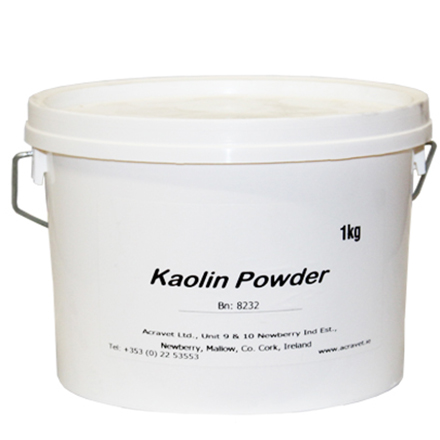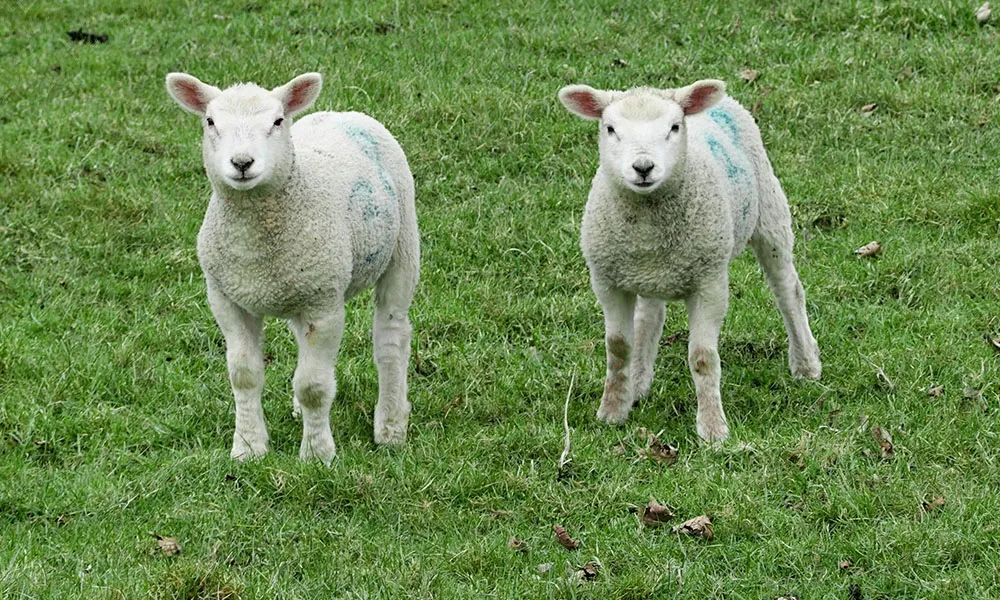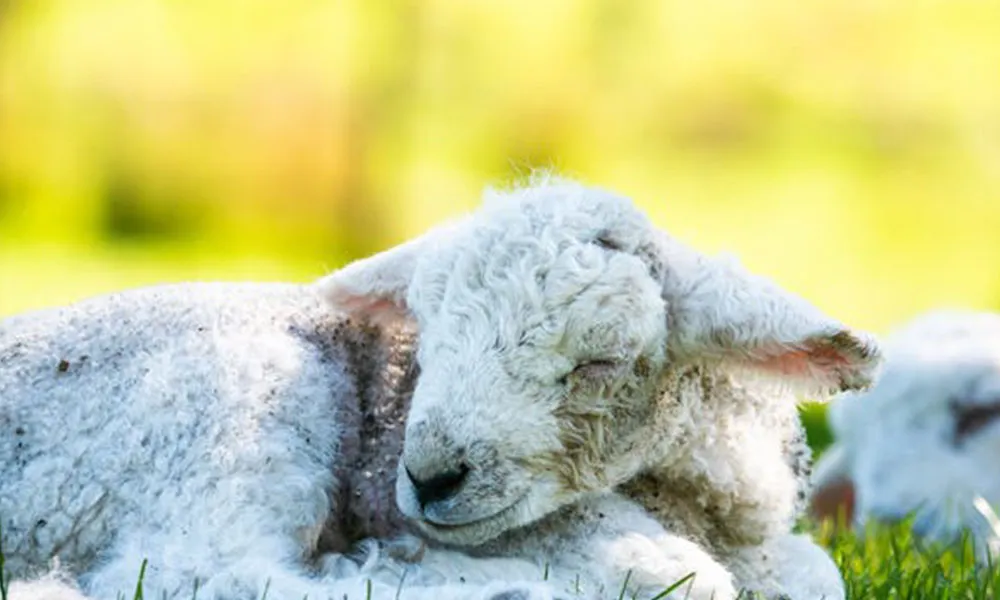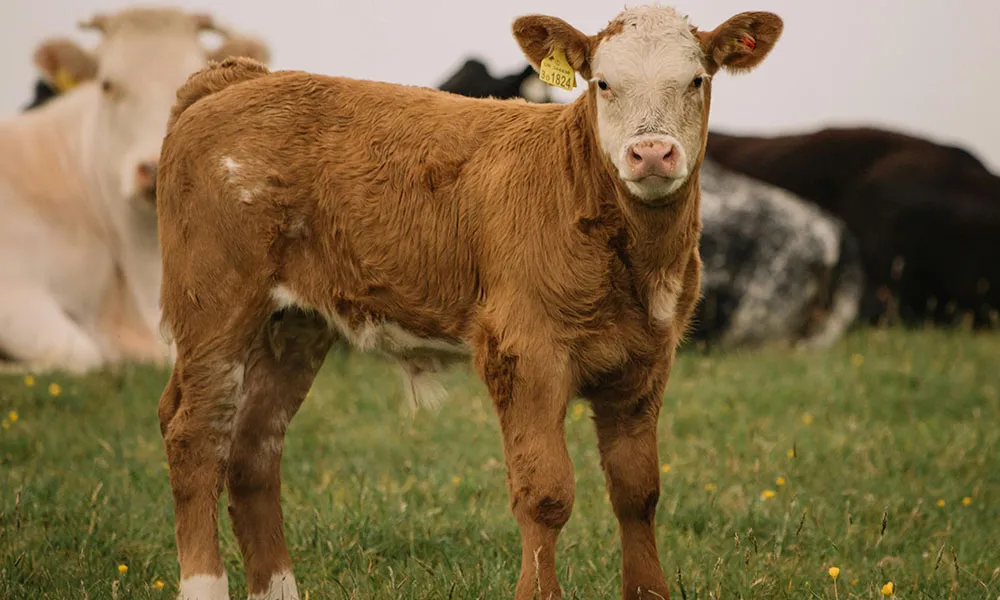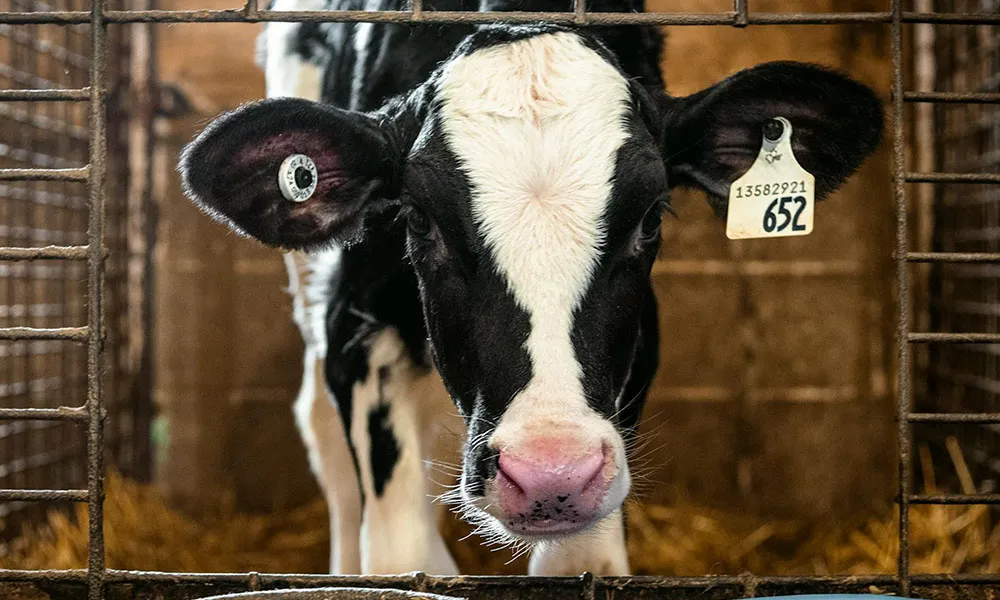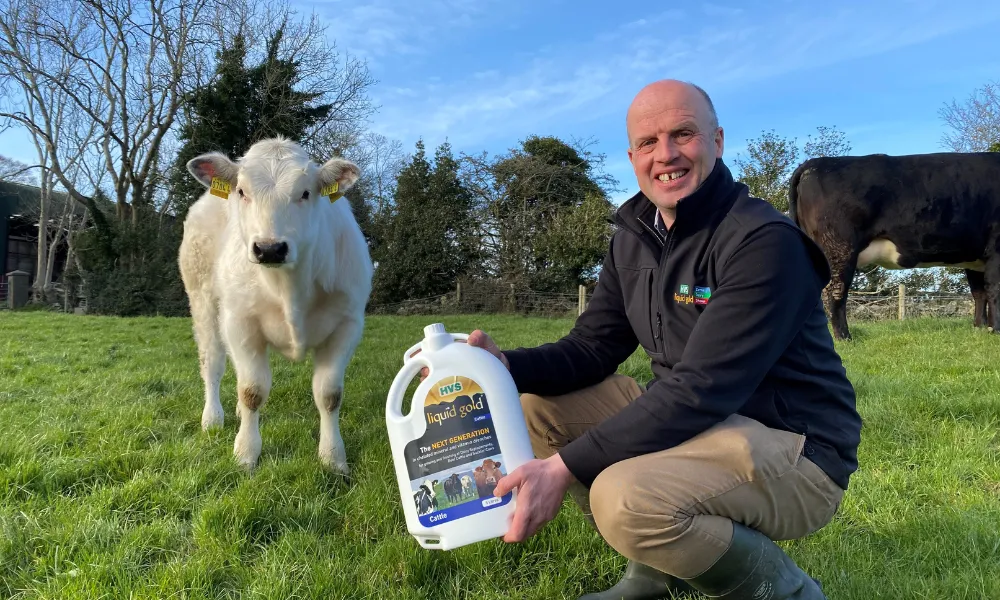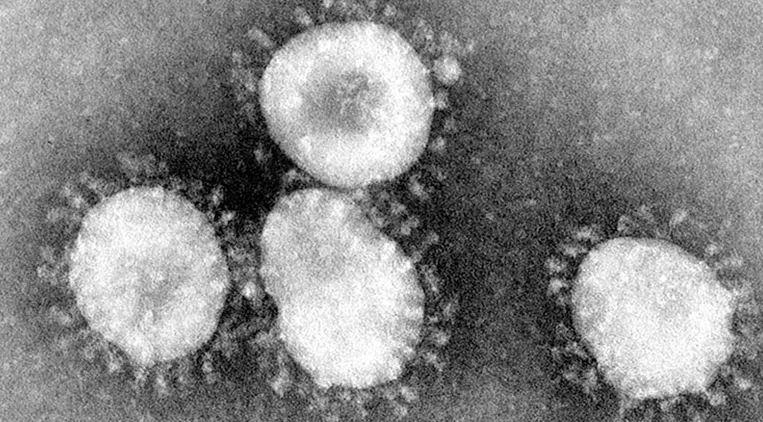
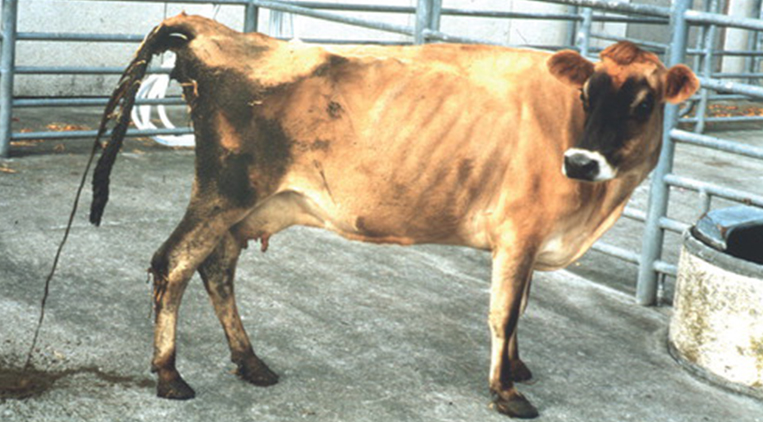
With housing season well underway, Agridirect.ie discusses the symptoms of winter dysentery and outlines some measures farmers can take to prevent an outbreak.
A mere nuisance?
Among the many diseases that afflict cattle during the housing season, winter dysentery is surely one of the most common. Most of us tend to regard an outbreak of dysentery as a mere nuisance. After all, animal deaths due to this disease are negligible, and most healthy cattle will recover from it within a few days.
Despite this low mortality rate, it is important to remember that a bout of dysentery takes its toll on your animals’ overall health. During the period of infection, cows’ milk yields can diminish by up to 50% while body condition and general rumen health can also be affected. Since the disease is extremely infectious, and is usually associated with a strain of coronavirus, we should do what we can to prevent an outbreak.
Clinical signs of winter dysentery
Most cattle farmers are well acquainted with the symptoms. Foremost among these is severe diarrhoea that is foul-smelling, dark brown in colour and explosive. In more severe cases, there may also be blood in the faeces. Cattle suffering from winter dysentery usually lose their appetite for a couple of days.
To begin with, you may notice these symptoms in one or two cattle only; but once it is in the herd, there is no stopping it. Try as we might to maintain a clean and spacious shed, even the best housing conditions are unlikely to contain a viral infection. The virus will spread from animal to animal over the course of a couple of weeks.
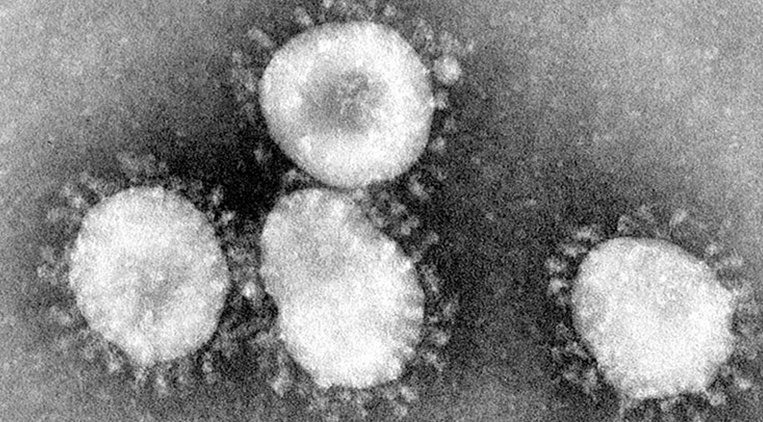
Treatment
Unlike many other illnesses that affect housed cattle, there is very little that you can do to cure or even alleviate winter dysentery. This does not mean that you should not treat an outbreak seriously, however. Infected animals need to be monitored closely for signs of dehydration. If cows appear to be especially groggy or dull-eyed, you need to get electrolytes into them quickly. This can be done either by mouth or by vein, depending on your preference and the urgency of the animal’s condition.
Prevention
It pays to take certain measures against the viruses that cause winter dysentery. In the first instance, remember that these diseases are usually brought onto the farm from elsewhere. All visitors to the farm, such as veterinarians and farm helpers, should follow good hygiene practices when entering your farm.
Bought-in cattle are also a major source of infection. If you buy a new animal, keep her in isolation for a couple of weeks. This will leave enough time for her to recover from any potential viral infections before she joins the rest of the herd.
If there is an outbreak on your farm, try to follow best practice in preventing the disease from spreading to neighbouring farms. Do not allow other farmers to come onto your farm during the period of infection unless absolutely necessary. Ensure that you maintain good personal hygiene after working with cattle, and always disinfect hands and footwear thoroughly.
Thanks for reading
There are some upsides to an outbreak of winter dysentery in your herd. Once infection has taken place, your animals should be safe from infection for another few years. Research on this topic indicates a 5-year period of herd immunity post infection.
Have you had to manage an outbreak of viral-related winter dysentery on your farm recently? If so, please let us know how you got on. Here at Agridirect.ie, we are interested in hearing about the thoughts and experiences of farmers on the ground. You can share your experiences with us in the comments section!
As always, thanks for reading.




